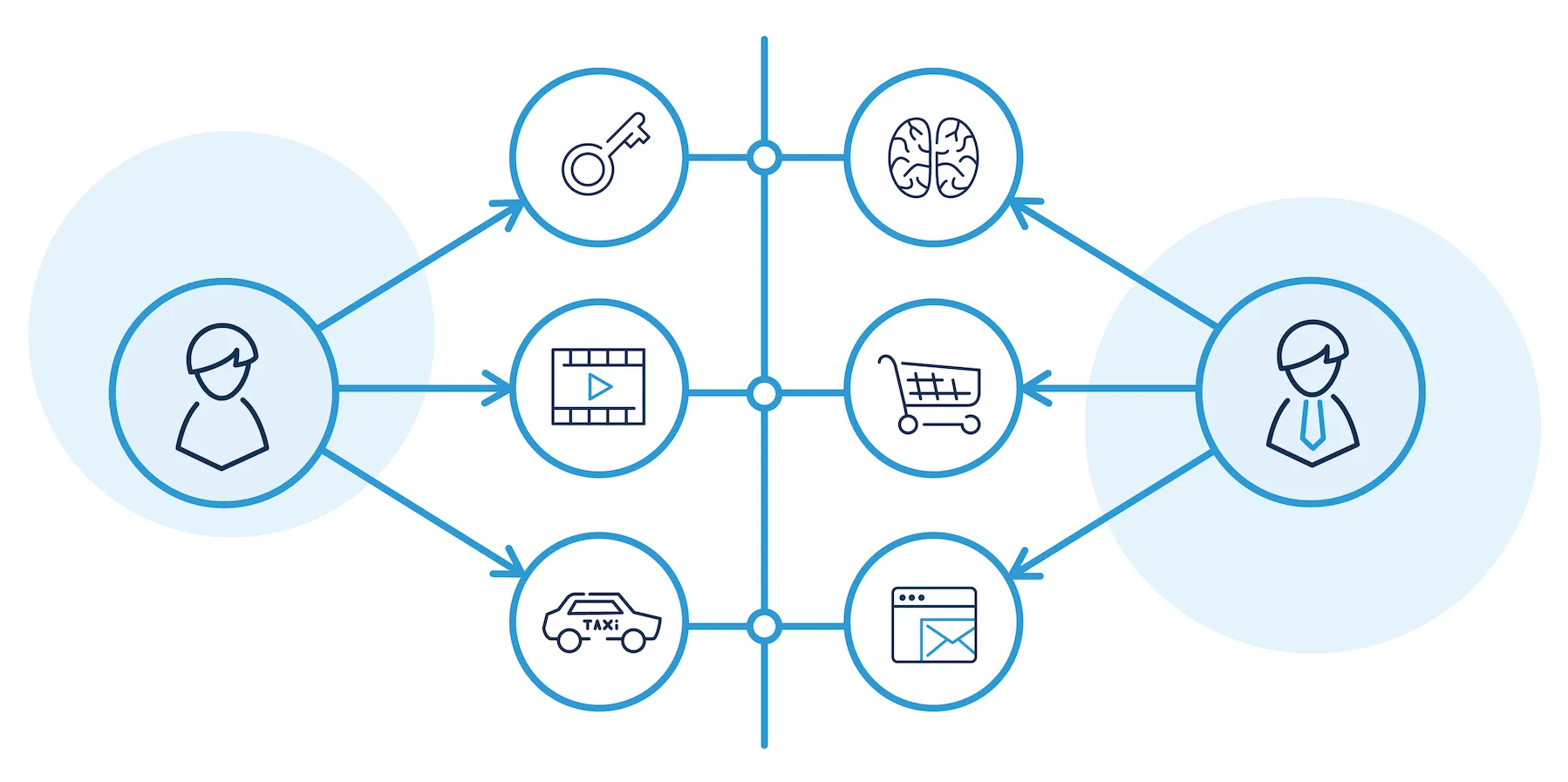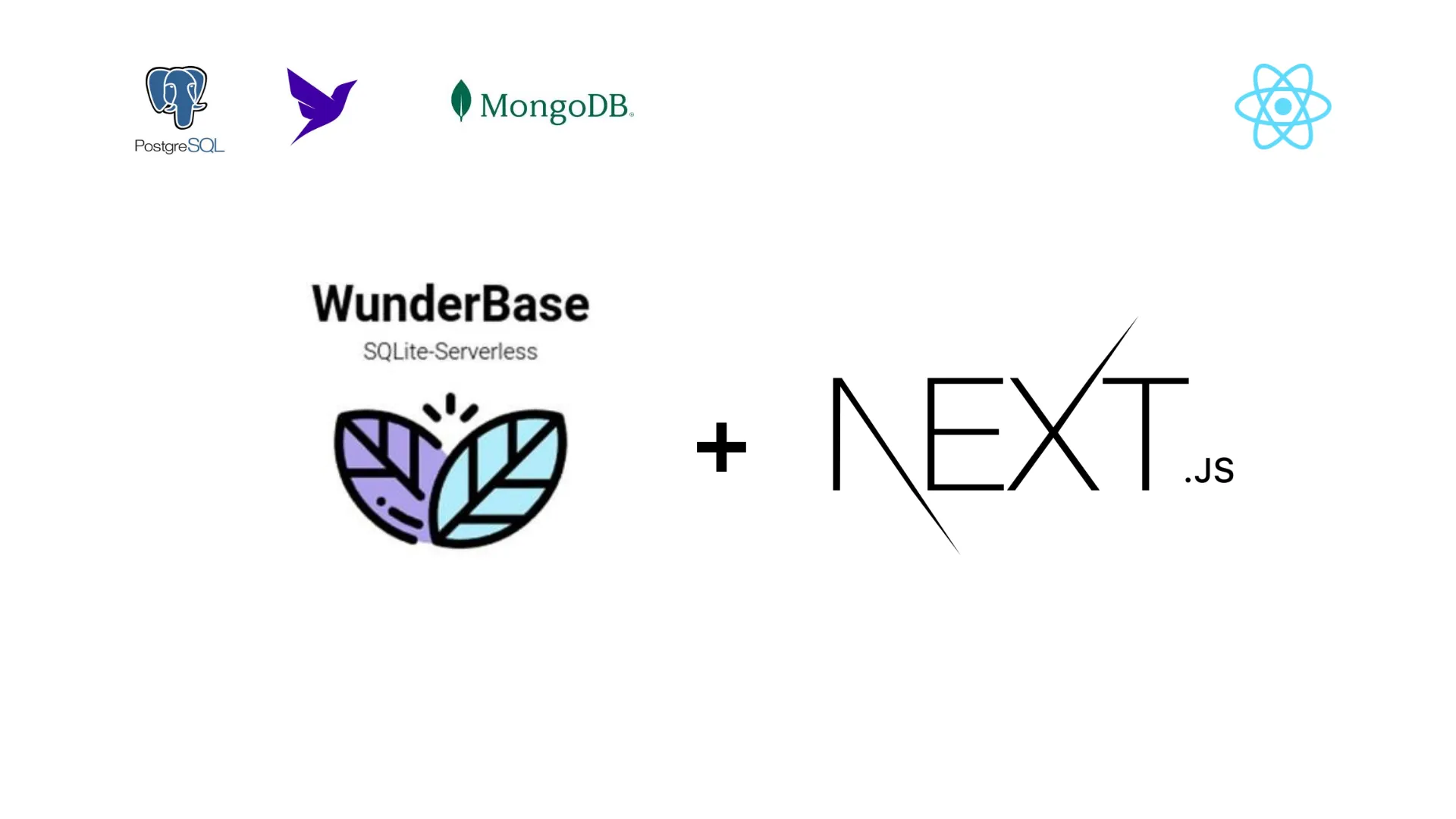 ChatGPT is a state-of-the-art language generation model developed by OpenAI. It is based on transformer architecture and is trained on a massive dataset of conversational text. The model is fine-tuned for a variety of tasks, including conversational response generation, language translation, and summarization. In this blog post, we will discuss the system design of ChatGPT, the technology stack used, and how it is used to generate human-like responses in a conversational setting.
ChatGPT is a state-of-the-art language generation model developed by OpenAI. It is based on transformer architecture and is trained on a massive dataset of conversational text. The model is fine-tuned for a variety of tasks, including conversational response generation, language translation, and summarization. In this blog post, we will discuss the system design of ChatGPT, the technology stack used, and how it is used to generate human-like responses in a conversational setting.
Architecture
ChatGPT is based on transformer architecture, which was introduced in a 2017 paper by Google researchers. The transformer architecture is a type of neural network that is well-suited for processing sequential data, such as text. The key innovation of the transformer architecture is the use of self-attention mechanisms, which allow the model to weigh the importance of different parts of the input when making predictions. ChatGPT is a variation of the transformer architecture known as the “decoder-only” transformer. This means that it has an encoder section, which processes the input, and a decoder section, which generates the output. In ChatGPT, the encoder is a 12-layer transformer, and the decoder is a 12-layer transformer with masked self-attention. The model is trained on a large dataset of conversational text, such as transcripts of customer service conversations and online discussions. During training, the model learns to generate responses that are appropriate and coherent in context.
Technology Stack
The technology stack used for the development of ChatGPT includes the following technologies:
- PyTorch: PyTorch is an open-source machine learning library that is used for the development of deep learning models. It is used for the implementation of the transformer architecture and for training the ChatGPT model.
- CUDA: CUDA is a parallel computing platform and API that allows the use of NVIDIA GPUs for general-purpose computing. CUDA is used for the acceleration of the computationally intensive tasks involved in training deep learning models.
- Hugging Face’s Transformers Library: Hugging Face’s Transformers library is a Python library that provides pre-trained models for natural language processing tasks, including language generation. It is used for the implementation of ChatGPT and the fine-tuning process.
- Hugging Face’s API: Hugging Face API provides a way to access the pre-trained models and use them in the application. It can be used to make the inference more seamless.
Fine-Tuning
Once the model is trained, it can be fine-tuned for specific tasks. Fine-tuning is the process of training a model on a smaller dataset for a specific task, using the pre-trained model as a starting point. For example, the model could be fine-tuned on a dataset of customer service conversations to improve its performance in generating responses to customer inquiries. Fine-tuning allows the model to quickly adapt to new tasks and improve performance without requiring a significant amount of additional training data.
Inference
During inference, the model takes in a prompt, which is a piece of text that sets the context for the conversation. The model then generates a response to the prompt. The response is generated by the decoder, which uses the encoder’s representations of the input to weigh the importance of different parts of the prompt when making its predictions. To generate a response, the decoder looks at the prompt and generates a probability distribution over the words in its vocabulary. The word with the highest probability is then chosen as the next word in the response, and the process is repeated until the desired length of the response is reached.
Conclusion
ChatGPT is a powerful language generation model that is based on transformer architecture. It is trained on a large dataset of conversational text and can be fine-tuned for specific tasks to improve performance. Its ability to weigh the importance of different parts of the input and generate appropriate and coherent responses in context make it a useful tool in a variety of natural language processing tasks.

